By Corey Sandler
We came to Tokyo five days ahead of our cruise to allow us some extra time to explore some of the less-visited sections of the city. It also didn’t hurt to have a few extra days to acclimate to the 13-hour time zone change.
We stayed in a modern hotel in Tokyo’s Odaiba district, a very modern very strange place that includes several vertical malls, a replica of the Statue of Liberty, a massive model of Unicorn Gundam (look it up and feel free to explain it to me), and half a dozen or so stations on the driverless Yurikamome system that connects to Tokyo’s 11 other more conventional subway lines.
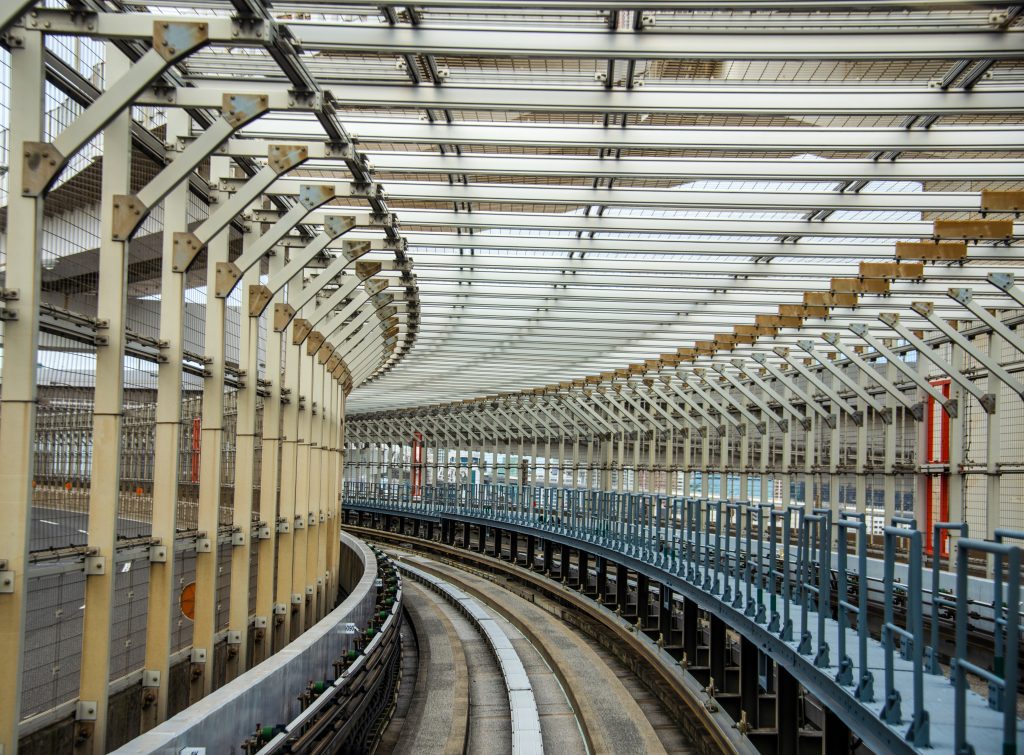
On our first day we went to the Asakusa Sensoji Temple, the oldest Buddhist temple in Tokyo, dating in its original form to the year 645. The shrine at the site is much younger, built in 1649. Both were severely damaged in World War II when much of Tokyo was fire-bombed, but have been rebuilt as they were.
The approach to the temple presents a religious site of a different sort, an outdoor market of several blocks called Nakamise. It’s the place to go for essentials like ornate fans or simple summer kimonos called yakuta. On the day of our visit, a Saturday leading up to a holiday, the stretch of stores was probably the most crowded place I’ve visited since the onset of the pandemic.
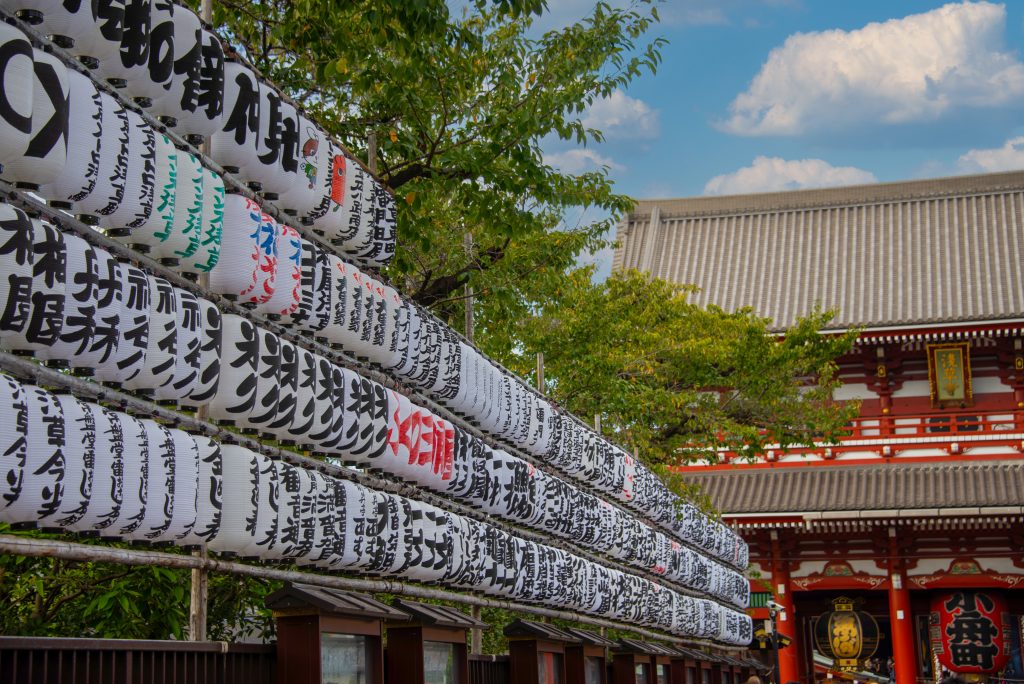
Another expedition took us through the spaghetti bowl of subway lines to a much quieter part of Tokyo, the Koisikawa Kōrakuen park in the Bunkyō district, a formal Japanese garden that dates from the early Edo period of Japan. The garden was established in 1629 and has been mostly left untouched as modern Tokyo grew around it.
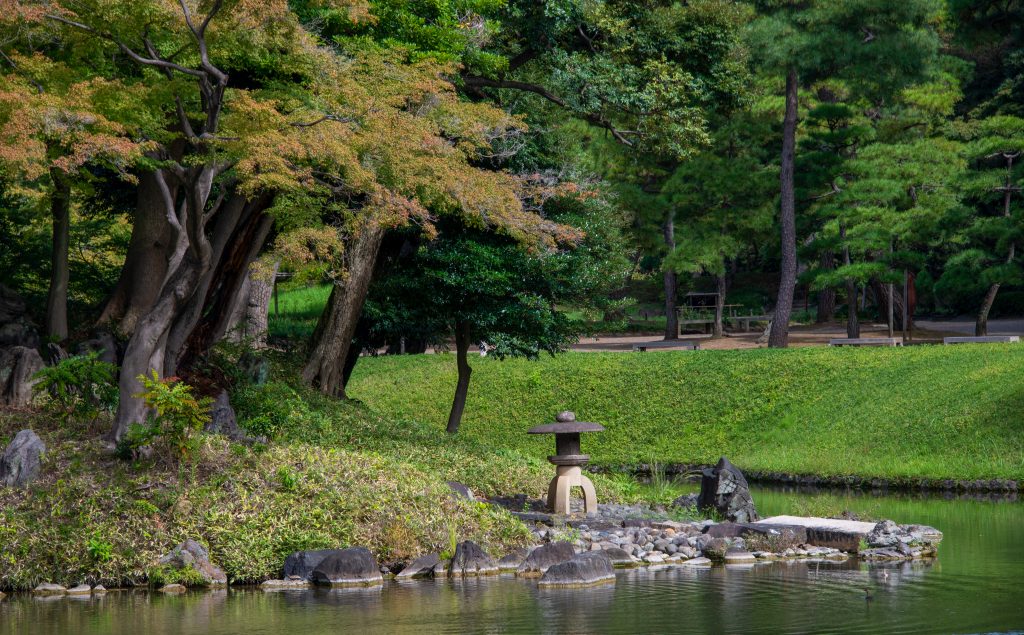
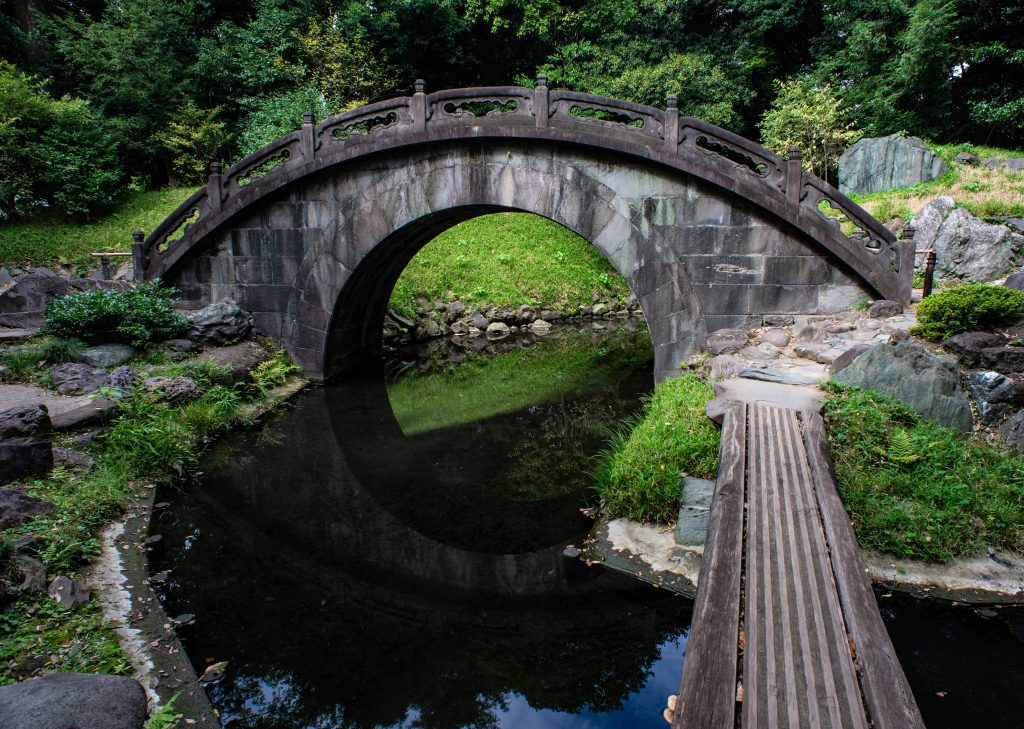
A few days later we were in Osaka, Japan’s third most populous city (after Tokyo and its close neighbor Yokohama.)
This is the nation’s financial center, and also the home of a few of its largest electronics makers Panasonic, Sharp, and Sanyo.
There are some spectacular pieces of modern architecture in the city, but that’s not what we were looking for on this visit. Instead, we went to a very impressive piece of very old construction.
Sumiyoshi-taisha is a Shinto grand shrine, first established in 211 and modestly updated over the years. It was at first closely connected to imperial trade with China.
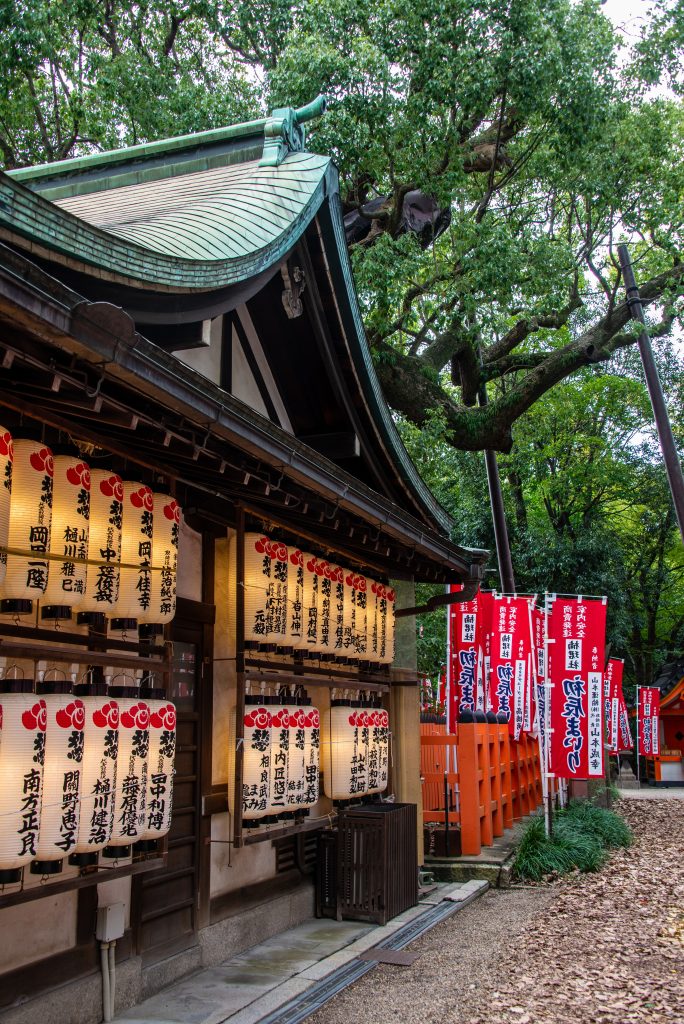
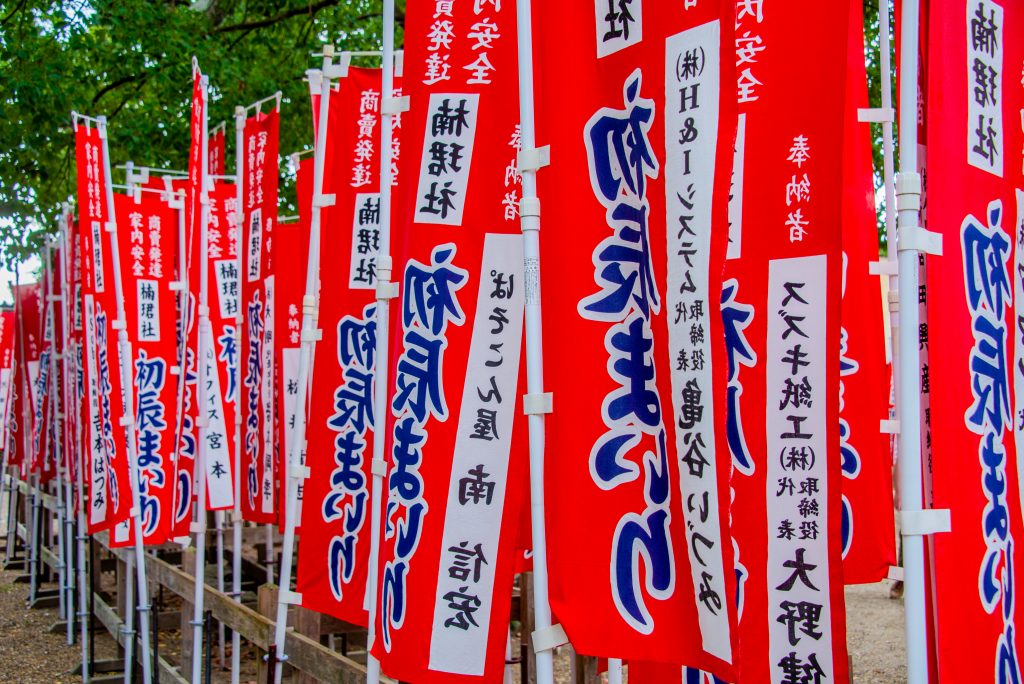

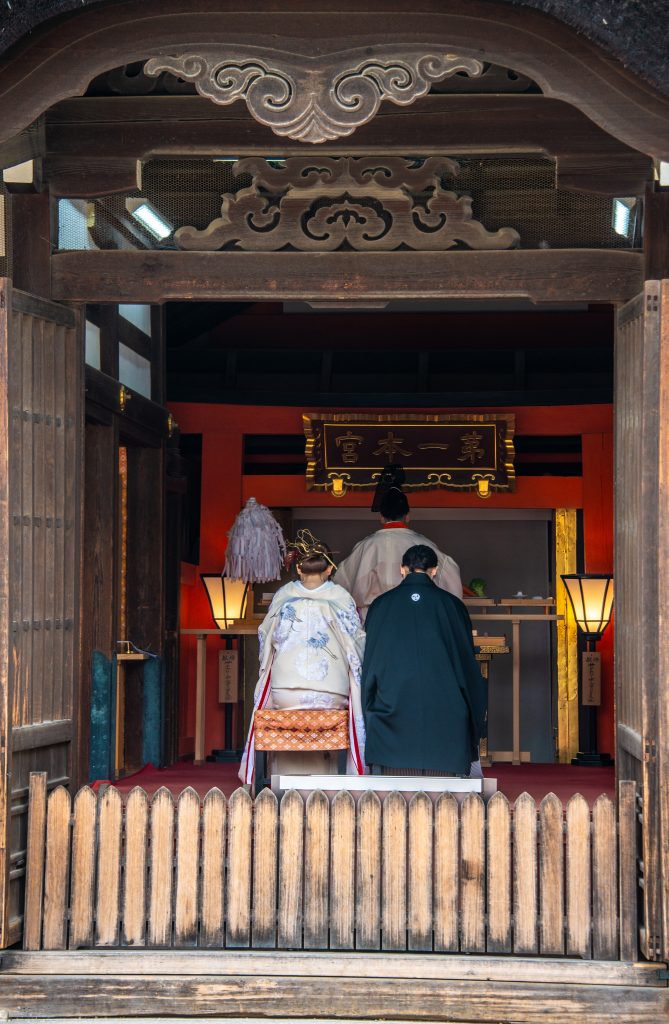
Next month I’ll post some photos from places where Japan’s ring of fire comes to the surface, the southern towns of Beppu and Kagoshima and also scenes from our visit to the atomic bomb cities of Hiroshima and Nagasaki.
All photos and text copyright Corey Sandler, 2023. If you would like to use a photo for personal or commercial use please contact me.
